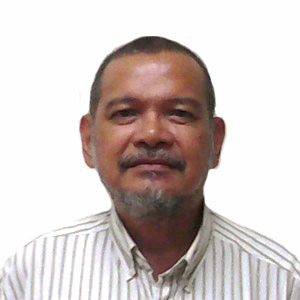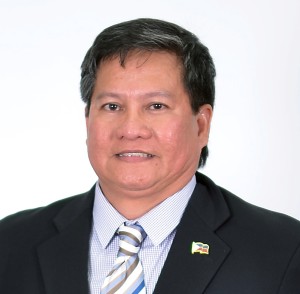by Danny S. Venida
HOW DIFFERENT it feels. Filipino voters woke up in the morning after Election Day knowing with some certainty the winners and losers in the electoral exercise. It used to take weeks just to establish a trend. The 2010 and 2013 elections were both experiences in computerized polls, but the best so far is the 2016 elections. The presidential and vice presidential debates were an added bonus. The Commission on Elections deserves credit for this performance.
The benefits are quite obvious. Tensions and uncertainties arising from a long wait have been substantially reduced. Potential election-related incidents of violence were therefore minimized. Charges of cheating have become the exception rather than the rule.
This kind of experience is typical in First World countries. In the United States and Canada, Election Day is a regular working day as the governments find no need to declare a holiday just so the people can vote; the electoral exercise is routine. CNN’s coverage of the US primaries and caucuses preparatory to the November presidential election demonstrates how quickly the reliable projected outcomes can be announced, with no charges of fraud. There may be occasional glitches and hitches but by and large, everyone is comfortable with the process and the results. Some politicians may engage in sour grapes and make a fuss over things, but the people are able to see through them.
This is, indeed, a First World experience. But there are many more day-to-day experiences in First World countries that people in emerging economies can look forward to having. Fast and reliable voting is not the only treat. A dependable mass transport system can be had, too, involving trains and public buses that run on schedule, and commuters and bus drivers that know where the bus stops are. Efficient airports and seaports are not pipe dreams. Registering a business can be done online. Roads and bridges, power and water, telecommunications, education and healthcare services and facilities are basic governance deliverables. People can be clear on where their taxes went.
There is no reason for Filipinos to not be provided First World services by an administration whose fiscal budget can more than double over six years. When President Aquino’s administration assumed office in 2010, the fiscal budget was only P1.4 trillion. By 2016 it had risen to P3 trillion. The Departments of Education, Public Works and Highways, Social Welfare and Development, Tourism, Labor and Employment, and Foreign Affairs may be able to make a good accounting of what they have done in the last five and a half years. The Departments of Health, Justice, Science and Technology, and National Defense may have some plus points, too. But what can the Departments of Agriculture, Transportation and Communications, Trade and Industry, Finance, Interior and Local Government, Environment and Natural Resources, Energy, and Budget and Management show for the money they spent?
The transition to the administration of presumptive president-elect Rodrigo Duterte must clearly define the reference points or baselines from where the various departments will begin as the reins of government are transferred. The transition committees will have to quantify the First World services they will deliver to the people in the next six years. The effort will have to cover all grounds and provide specifics from the level of the president to the different line departments.
The media and watchdog organizations are faced with the challenge to closely monitor the transition in the spirit of freedom of information. The public must be informed. The outgoing DBM says that only 31 percent of the 2016 fiscal budget was spent in the first four months. This means we can assume that P1.56 trillion can be spent by the next administration for the rest of the year. Where these amounts are allocated can be identified at each line agency. Concerns and hurdles, achievements and successes will be spelled out. The remaining amount of the budget is bigger than the full-year budget for 2010 when Mr. Aquino began his term as president.
Where the money will be coming from will likewise have to be defined. Fiscal deficits in the last six years have been kept within manageable levels, thus giving the economic cluster high marks and allowing the economy an upgrade in credit and investment ratings. Spending will have to be tempered by the source of the money that will be spent.
The Philippines is in a unique opportunity to begin all over again. Political dynasties still lord it over the landscape, particularly in the local governments, but there is a resounding shift in the presidency and vice presidency. The presumptive winners are new in national executive positions. Shadows of the Marcos regime (1961-1986) and the Aquino era (1986-2016) in the national scene seem to be nearing their end. The people have spoken. They want change.
Infrastructure developments under the strongman Ferdinand Marcos in the 1960s and 1970s could have provided First World services to the people had the leakages been limited. The expenditures could have produced quality roads, highways and bridges, educational and healthcare facilities, and power and water utilities. To a certain extent, the same could have happened in the last 30 years begun and ended by an Aquino administration. Instead, the culture of corruption held sway.
This is what must change: Government capital expenditures at the national and local levels must be spared the notorious SOP, or standard operating procedure. It takes two to corrupt. Public-private partnerships must no longer be tainted by the 10-percent cut and its multiples. Only then can First World services be delivered consistently and with sustainability. Credible and clean elections will always be a new beginning.
(This article was published in the Philippine Daily Inquirer on May 18, 2016)

